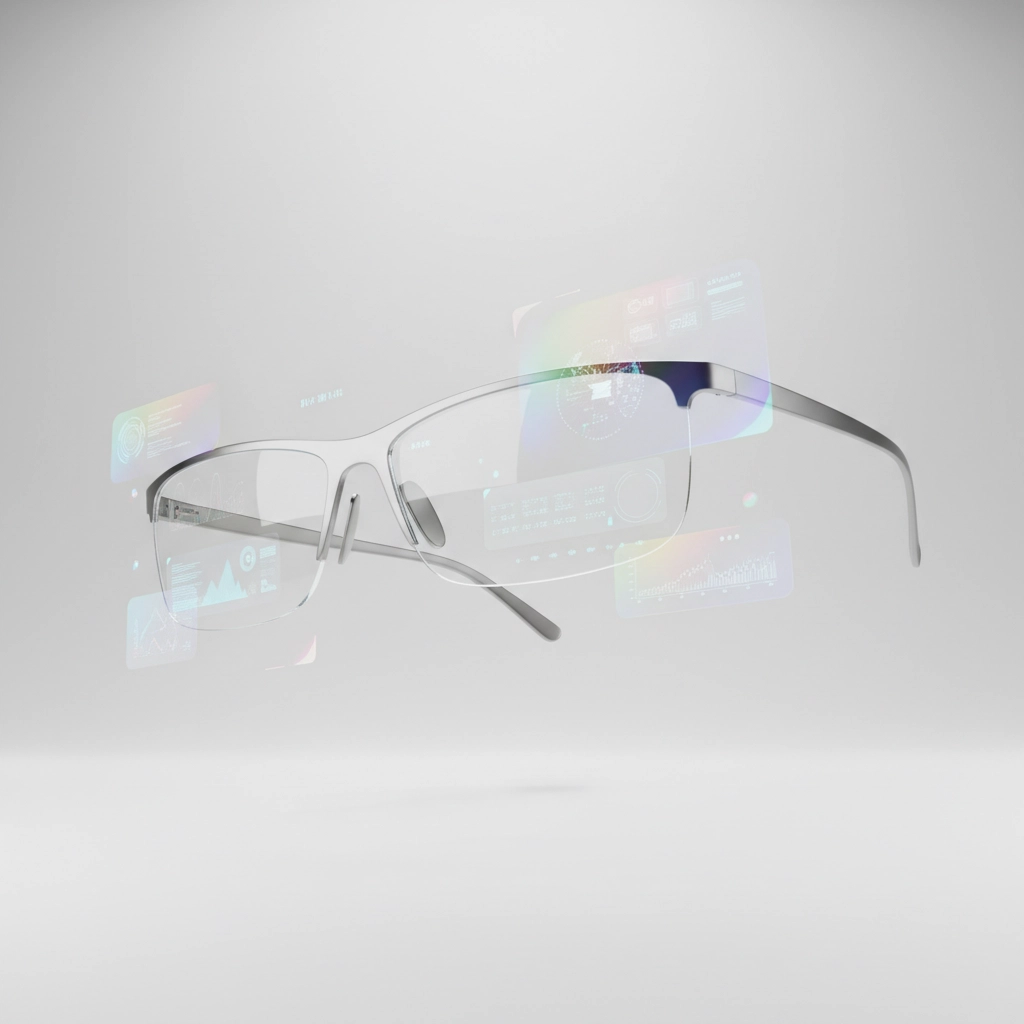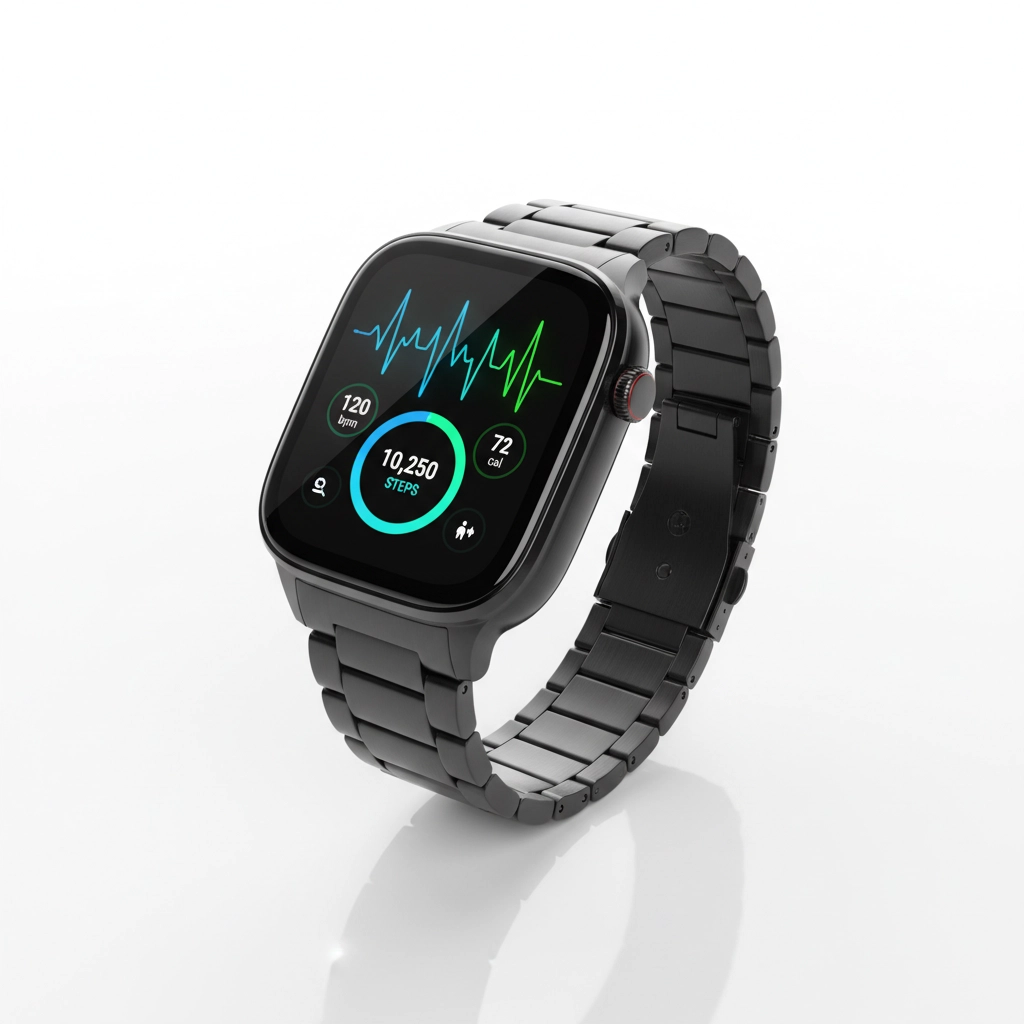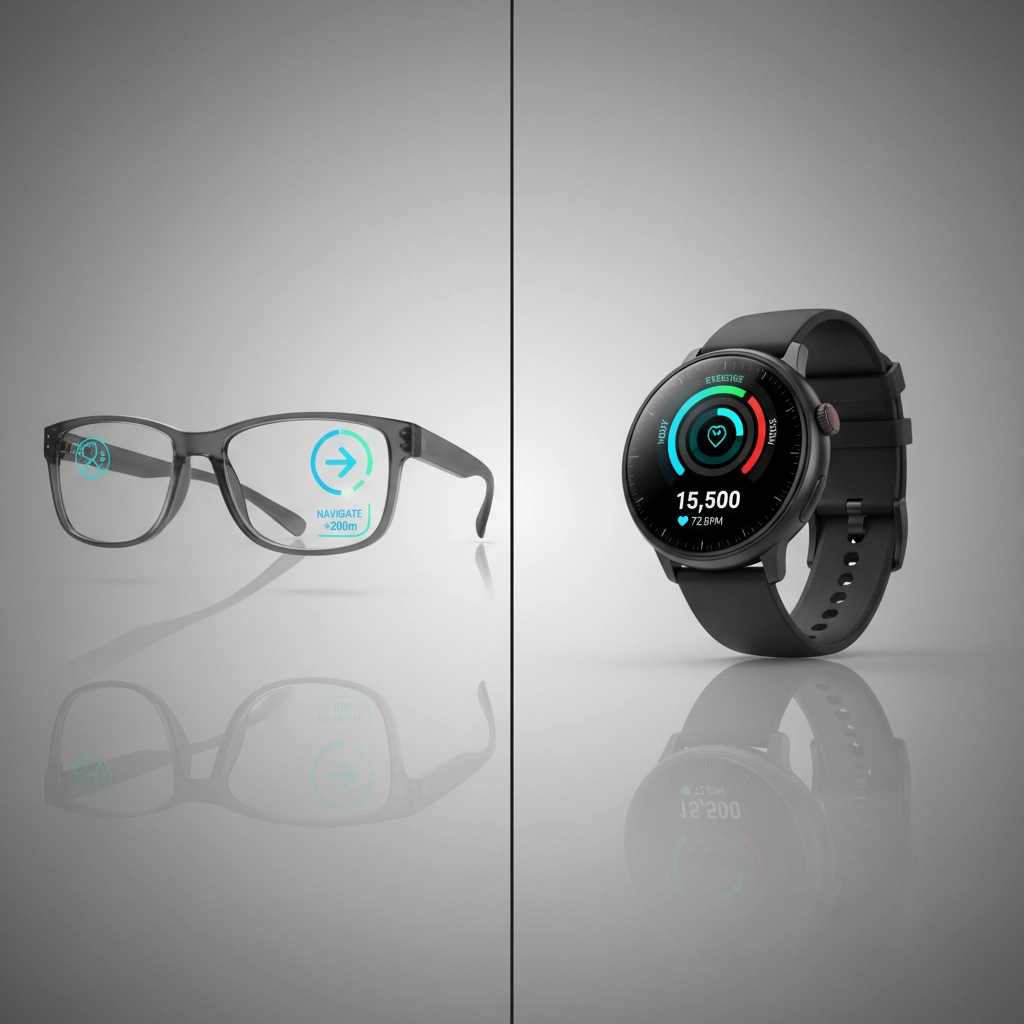Published Date: September 26, 2025
Welcome to our store! The wearable technology market has exploded in recent years, giving you more choices than ever for integrating smart devices into your daily routine. Two categories dominate the conversation: smart glasses and smart watches. Each offers unique advantages, but which one fits better into your lifestyle?
This comprehensive guide breaks down the core differences, strengths, and practical applications of both technologies to help you make an informed decision.
Understanding Smart Glasses Technology
Smart glasses represent the cutting edge of augmented reality integration, designed to overlay digital information directly onto your physical environment. These devices excel in hands-free operation, responding to voice commands or gestures while keeping your hands available for other tasks.

Key Strengths of Smart Glasses
Augmented Reality Integration: Smart glasses provide real-time digital overlays on physical environments. This technology proves invaluable for navigation, remote assistance, and specialized professional tasks. You can receive step-by-step instructions while working on complex machinery or get instant translations of foreign text.
Hands-Free Operation: Complete voice and gesture control makes smart glasses highly accessible during active work. You can access information, make calls, or capture photos without interrupting your current activity.
AI-Powered Visual Recognition: Advanced capabilities for identifying objects, faces, and text in real-time enhance productivity and accessibility. This feature particularly benefits professionals in healthcare, education, and technical fields.
Professional Applications: Smart glasses show exceptional effectiveness in specialized environments including healthcare facilities, manufacturing floors, educational institutions, and training programs.
Smart Glasses Limitations
Despite their advanced capabilities, smart glasses face significant challenges for everyday adoption. The price range typically falls between $500 to $2,000, making them a substantial investment. Battery life remains limited at 6-8 hours depending on usage intensity.
Social acceptance presents another hurdle. Smart glasses are less discreet compared to traditional accessories, which can impact professional and social situations. The technology also requires a learning curve for optimal voice and gesture commands.
Smart Watches: Your Daily Digital Companion
Smart watches have dominated the wearables market by focusing on general use and personal convenience. They provide a broader range of sensors and longer battery life for continuous daily wear, making them ideal for health monitoring and seamless communication.

Key Strengths of Smart Watches
Comprehensive Health Monitoring: Modern smart watches offer extensive tracking of exercise routines, vital signs, and sleep patterns. Features include heart rate monitoring, blood oxygen levels, ECG readings, and stress tracking with actionable health insights.
Communication Hub: Smart watches integrate seamlessly with smartphones for calls, messages, email notifications, and app alerts. You can respond to messages, accept calls, or control music without reaching for your phone.
Extended Battery Life: Most smart watches provide 1-2 days of usage depending on the model and features used. This extended battery life supports continuous wear without frequent charging interruptions.
Affordability and Accessibility: Price ranges from $100 to $800 make smart watches accessible to most consumers. Multiple options exist across different price points with varying feature sets.
Compact and Discreet Design: Wearable on the wrist without drawing attention or interfering with daily activities. Smart watches blend seamlessly with professional and casual attire.
Smart Watches Limitations
Smart watches face constraints from their limited display size, which restricts complex interactions and detailed information viewing. Most models remain dependent on smartphones for full functionality, limiting standalone capabilities.
They prove less effective for task-specific operations requiring detailed visual information or complex professional interactions compared to smart glasses.
Head-to-Head Comparison
| Feature | Smart Glasses | Smart Watches |
|---|---|---|
| Display Technology | AR overlays on real-world objects | AMOLED or LCD touchscreen |
| Primary Use Cases | Visual assistance, AR collaboration | Health tracking, notifications |
| Interaction Methods | Voice, gesture, limited touch | Touchscreen, buttons, digital crown |
| Form Factor | Lightweight eyewear | Compact wrist-mounted device |
| Battery Performance | 6-8 hours usage dependent | 1-2 days depending on model |
| AI Features | Visual recognition, AR capabilities | Voice assistants, predictive health |
| Target Users | Professionals, accessibility needs | Health enthusiasts, general consumers |
| Investment Range | $500-$2,000 | $100-$800 |

Daily Routine Applications
Choose Smart Glasses If:
You work in specialized fields where hands-free access to information proves crucial. Healthcare professionals benefit from patient data access during procedures. Manufacturing workers receive real-time instructions while operating machinery. Educators can access teaching materials while maintaining student engagement.
Your daily routine involves AR-based visual assistance or remote collaboration. Field service technicians use smart glasses for equipment diagnostics and expert consultation. Language learners benefit from real-time translation capabilities.
You require continuous hands-free operation for professional tasks. Warehouse workers can scan items and access inventory data while handling packages. Construction professionals access blueprints and safety information without interrupting work flow.
Choose Smart Watches If:
You prioritize fitness tracking and health monitoring as core components of your wellness routine. Athletes monitor performance metrics during training. Health-conscious individuals track daily activity, sleep quality, and vital signs for comprehensive wellness management.
You need a reliable communication hub that integrates seamlessly with your smartphone ecosystem. Business professionals stay connected during meetings without phone distractions. Parents receive important notifications while supervising children.
Your work involves general office tasks where productivity and well-being balance proves important. Knowledge workers benefit from reminder notifications, calendar alerts, and stress monitoring throughout the workday.
You prefer continuous wear capability without frequent charging requirements. Smart watches support all-day use including sleep tracking and morning alarm functions.
Making Your Decision
For most people's daily routines, smart watches currently offer better overall value and practicality. They excel in fundamental areas that matter for everyday life: health monitoring, seamless communication, and convenient access to information.
Smart watches integrate naturally into existing digital ecosystems without requiring significant behavior changes or learning new interaction methods. The extended battery life supports continuous use, while the discrete form factor maintains professional appearance standards.
Smart glasses shine in specialized professional environments but haven't yet reached the maturity needed for mainstream daily adoption. The technology shows tremendous potential for specific use cases but requires careful consideration of cost, battery limitations, and social acceptance factors.

Future Considerations
Both technologies continue rapid evolution. Smart glasses are becoming lighter, more affordable, and offering improved battery performance. Future iterations may include prescription lens integration and enhanced social acceptance through better design.
Smart watches are incorporating more health sensors, longer battery life, and standalone cellular connectivity. Some models are exploring micro-AR displays and improved voice recognition for hands-free operation.
As these technologies mature, the gap between smart glasses and smart watches may narrow. However, their fundamental purposes: AR visual computing versus health and communication: will likely keep them serving different primary needs.
Your choice should align with your specific daily requirements, professional demands, and technology comfort level. Consider starting with a smart watch for general wearable technology experience, then exploring smart glasses if your professional needs justify the additional investment.
Both devices represent significant advances in personal technology, offering unique benefits for enhancing your daily digital experience.

